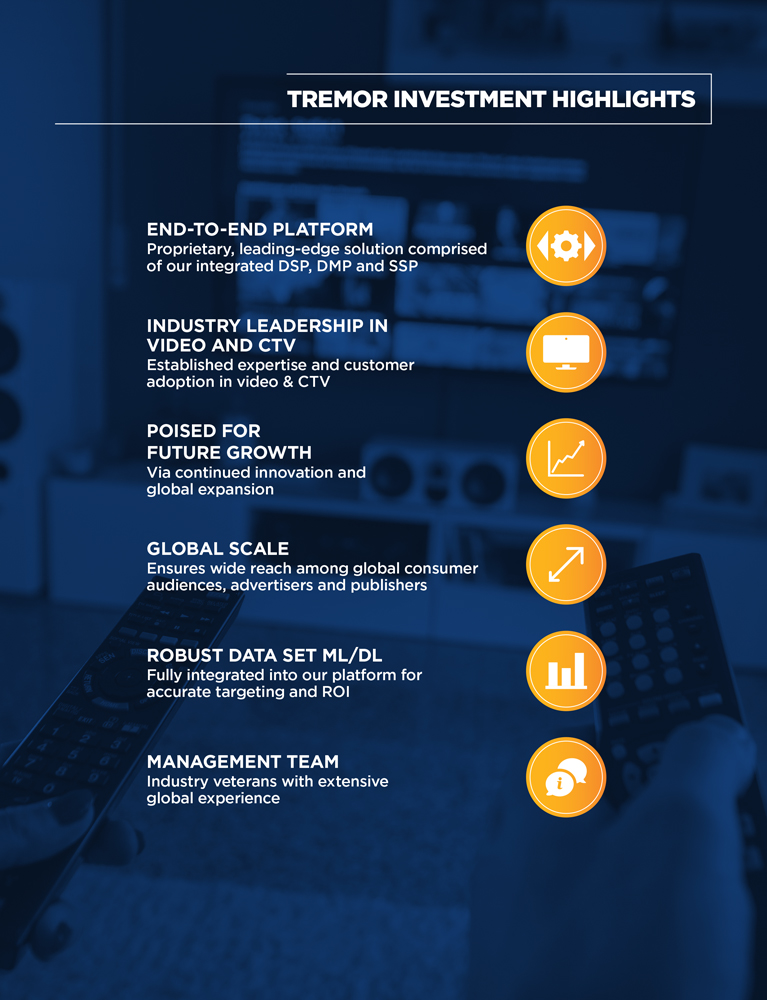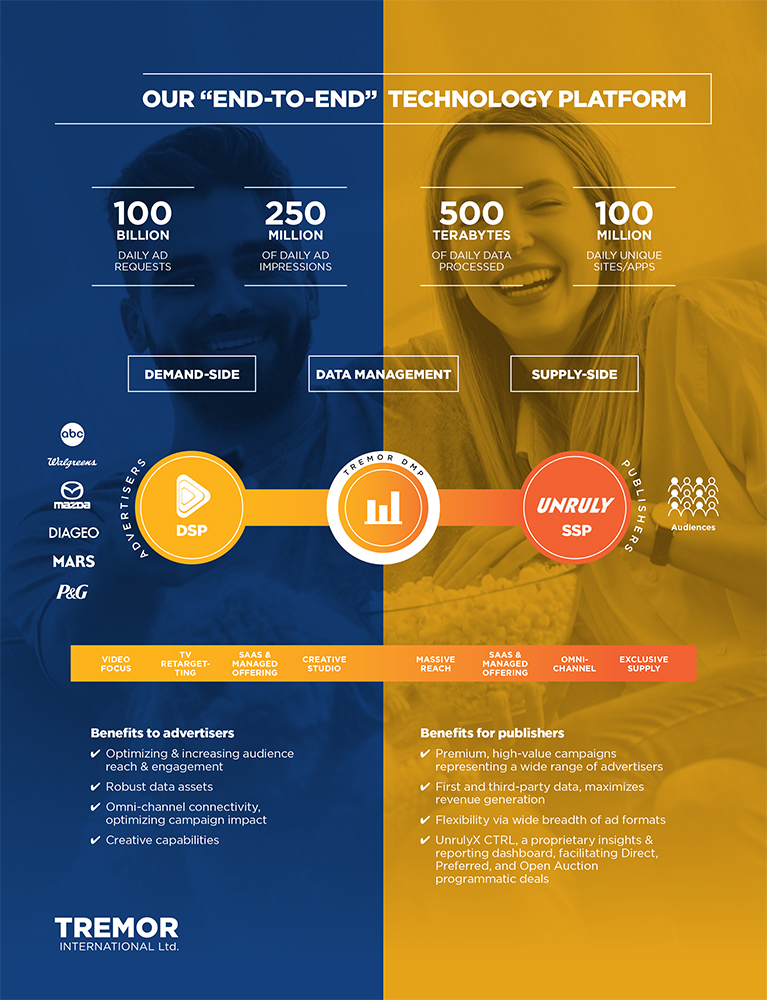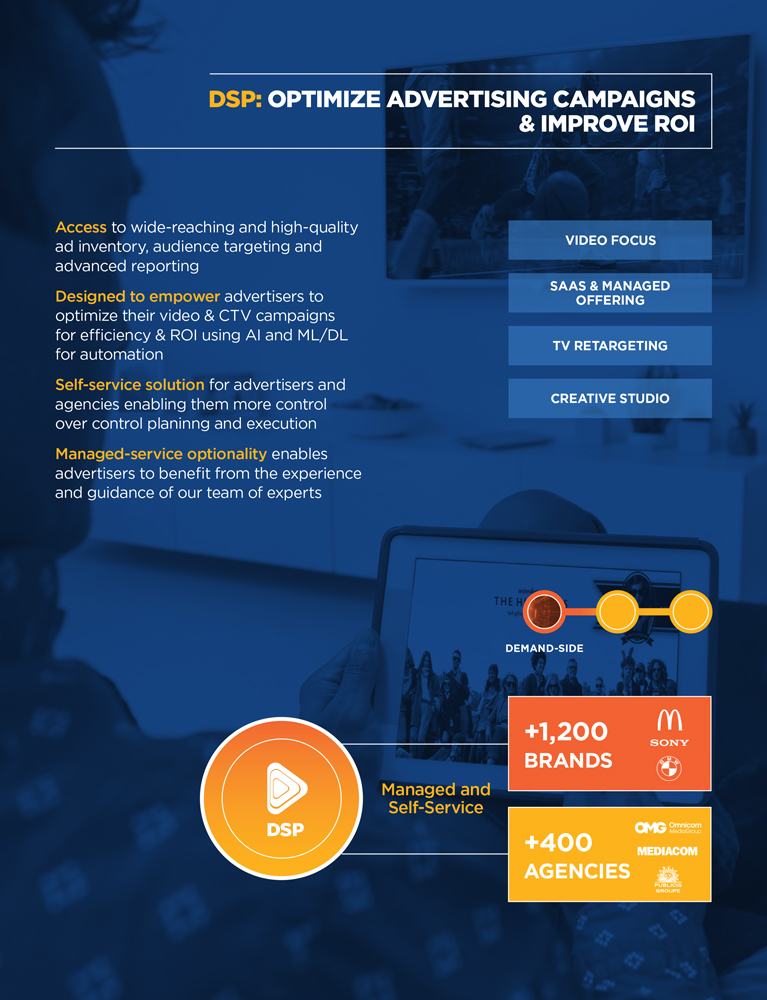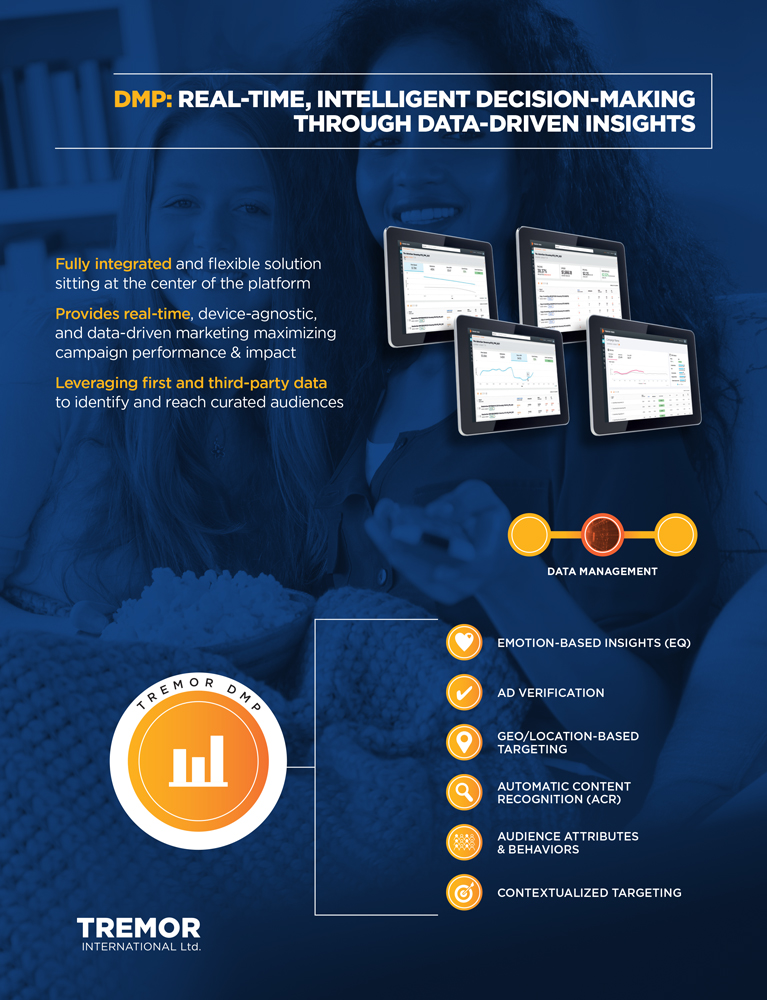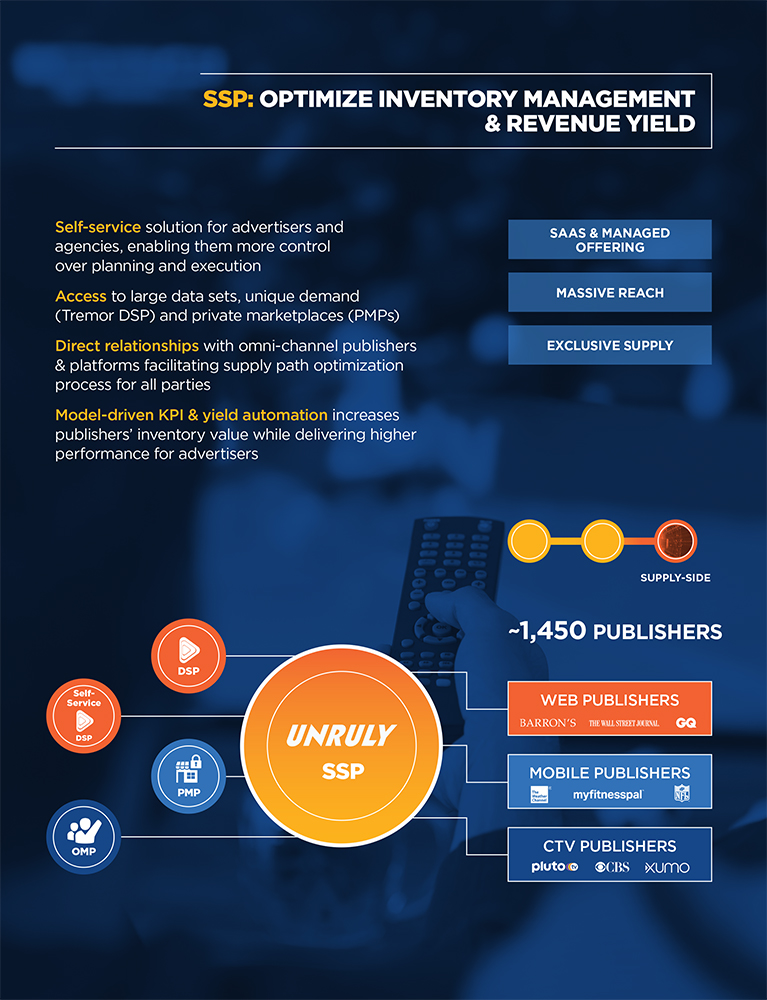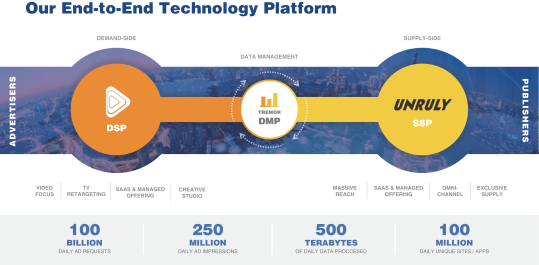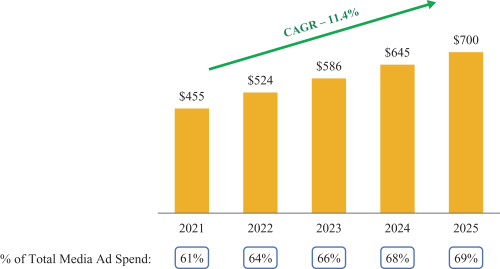obligated to indemnify us, such indemnification may not fully cover us, or we may not be able to collect. In addition to settlement costs, we may be responsible for our own litigation costs, which can be expensive.
Further, operating in the advertising industry involves numerous commercial relationships, uncertain intellectual property rights and other aspects that create heightened risks of disputes, claims, lawsuits and investigations. In particular, we may face claims related to intellectual property matters, commercial disputes and sales and marketing practices. On May 18, 2021, we filed a complaint against Alphonso, Inc. (“Alphonso”) in the Supreme Court of the State of New York, County of New York (the “Court”), asserting claims for breach of contract, tortious interference with business relations, intentional interference with contractual relations, unjust enrichment, and conversion. The lawsuit arose out of Alphonso’s breach of a Strategic Partnership Agreement and an Advance Payment Obligation and Security Agreement (the “Security Agreement”) with us and related misconduct. We are seeking damages and other relief, including an order foreclosing on Alphonso’s collateral under the Security Agreement, from the Court. See “Business—Legal Proceedings” for futher information. Any commercial dispute, claim, counterclaim, lawsuit or investigation, including our commercial dispute with Alphonso, may divert our management’s attention away from our business, we may incur significant expenses in addressing or defending any commercial dispute, claim, counterclaim or lawsuit or responding to any investigation, and we may be required to pay damage awards or settlements.
We are subject to anti-bribery, anti-corruption and similar laws and non-compliance with such laws can subject us to criminal penalties or significant fines and harm our business and reputation.
We may be subject to certain economic and trade sanctions laws and regulations, export control and import laws and regulations, including those that are administered by the U.S. Department of Treasury’s Office of Foreign Assets Control, the U.S. Department of State, the U.S. Department of Commerce, the United Nations Security Council and other relevant governmental authorities.
We are also subject to the FCPA, the U.K. Bribery Act, Chapter 9 (sub-chapter 5) of the Israeli Penal Law, 5737-1977, the Israeli Prohibition on Money Laundering Law, 5760-2000 and other anti-bribery laws in countries in which we conduct our activities. These laws generally prohibit companies, their employees and third-party intermediaries from authorizing, promising, offering, providing, soliciting or accepting, directly or indirectly, improper payments or benefits to or from any person whether in the public or private sector. In addition, the FCPA’s accounting provisions require us to maintain accurate books and records and a system of internal accounting controls. We have policies, procedures, systems and controls designed to promote compliance with applicable anti-corruption laws.
As we increase our global sales and business, we may engage with business partners and third-party intermediaries to market our solutions and obtain necessary permits, licenses and other regulatory approvals. In addition, we or our third-party intermediaries may have direct or indirect interactions with officials and employees of government agencies or state-owned or affiliated entities. We can be held liable for the corrupt or other illegal activities of these third-party intermediaries, our employees, representatives, contractors, partners and agents, even if we do not authorize such activities.
Our advertisers or publishers may have consumers in countries that are subject to U.S. economic sanctions laws and regulations administered by the Office of Foreign Assets Control (“OFAC”), the Israeli Trade with the Enemy Ordinance, 1939 and sanction laws of the EU and other applicable jurisdictions, which prohibit the sale of products to embargoed jurisdictions or sanctioned parties (“Sanctioned Countries”). We have taken steps to avoid serving advertisements to consumers located in Sanctioned Countries and are implementing various control mechanisms designed to prevent unauthorized dealings with Sanctioned Countries going forward. Although we have taken precautions to prevent our solutions from being provided, deployed or used in violation of sanctions laws, due to the remote nature of our solutions and the potential for manipulation using VPNs, we cannot assure you that our policies and procedures relating to sanctions compliance will prevent any violations in the future. If we are found to be in violation of any applicable sanctions regulations, it can result in significant fines or penalties and possible incarceration for responsible employees and managers, as well as reputational harm and loss of business.
41



